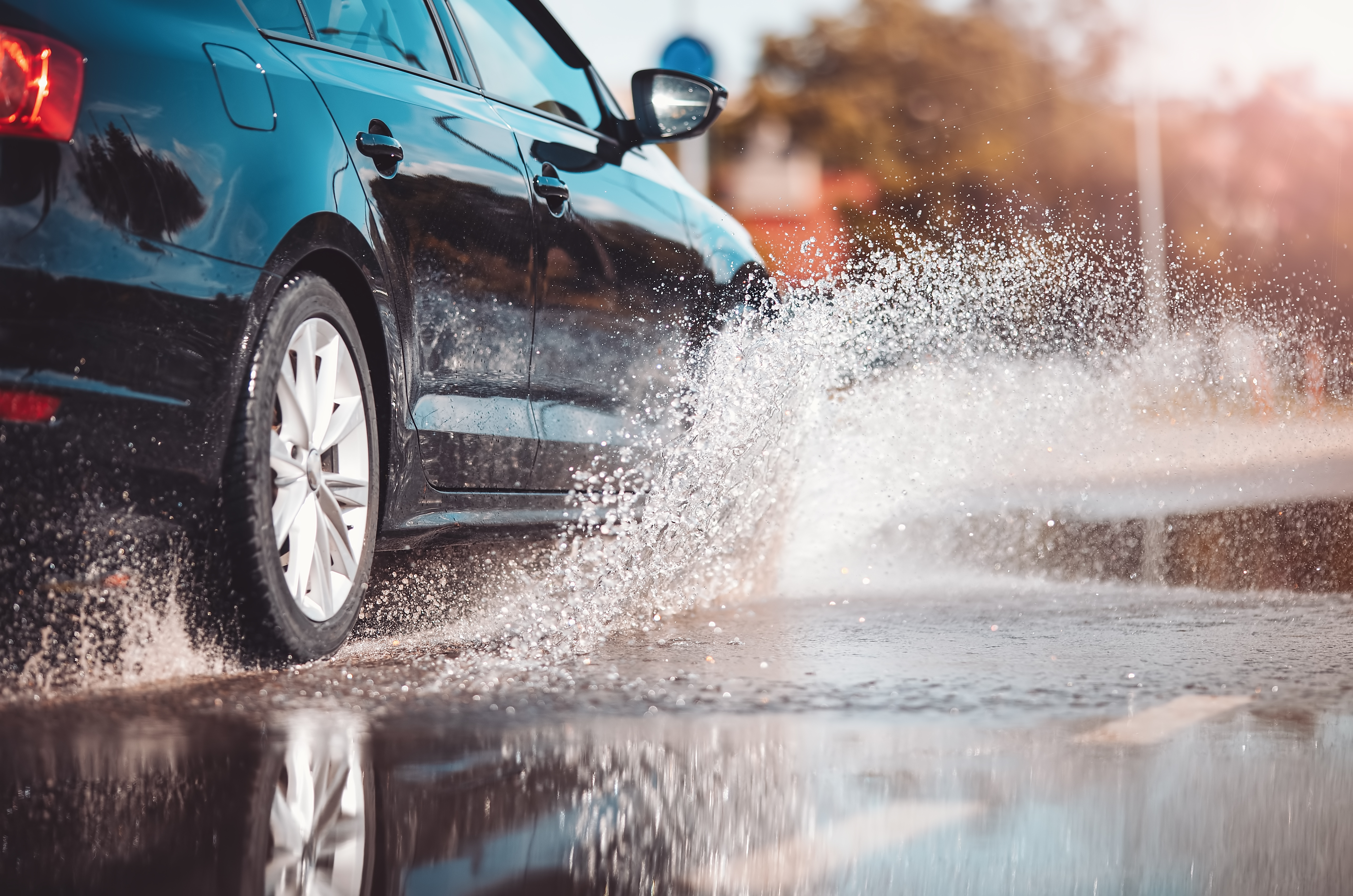Imagine this: you’re cruising down the road, rain pattering lightly on your windscreen. Suddenly, your car feels like it’s skating on thin ice, slipping out of your control. You’re aquaplaning – a hair-raising moment where your tyres lose their grip due to a build-up of water, leaving you at the mercy of unpredictable forces. But fret not, armed with knowledge and caution, you can turn the tide.
Aquaplaning, or hydroplaning, strikes fear into the heart of any driver. It happens when a layer of water forms between your tyres and the road surface, robbing you of control over your vehicle. But fear not, with the right know-how and precautions, you can slash the risk and tackle these perilous conditions like a pro.
Understanding Aquaplaning
Those grooves in your tyres? They’re not just for show. They’re there to siphon water away from the tyre, ensuring a solid grip on the road. However, when heavy rain or uneven road surfaces enter the picture, it’s like rolling out the red carpet for aquaplaning. And when your tyre tread wears down to the legal minimum of 1.6mm, your tyres become significantly less effective at dispersing water, upping the aquaplaning ante.
How to Dodge Aquaplaning
Tyre TLC: Make tyre maintenance your mantra. Keep an eye on your tyre pressure and tread depth, and swap out worn tyres promptly. Ease off the Gas: When the heavens open, ease up on the accelerator. Slowing down reduces the risk of aquaplaning. The Lowdown on Tread Depth
When your tyres are sporting a healthy tread, they can whisk away a hefty amount of water, ensuring you stay glued to the road. Fresh rubber can disperse up to 30 litres of water per second at high speeds, but as your tread depth dwindles, so does this superhero ability.
Spotting the Signs
Your tyres are equipped with Tread Wear Indicators (TWI), little signals that it’s time for a change. If the depth wears down to 1.6mm, don’t dilly-dally – get those tyres swapped out pronto to keep yourself safe and sound.
Dealing with Aquaplaning
Even with all the prep in the world, aquaplaning can still rear its soggy head. If you feel your car slipping and sliding, take your foot off the gas and gently depress the clutch. Avoid sharp braking or jerky steering. In a pinch, brake lightly, focusing on the rear wheels that might still have a bit of grip left.
Remember…
Aquaplaning isn’t just another hazard; it’s a wake-up call about the importance of tyre TLC and cautious driving. With a bit of care and attention, you can drastically cut the chances of aquaplaning, ensuring smoother sailing, especially when the heavens open up.
Remember, your safety is firmly in your hands. Keep your wits about you, keep those tyres in tip-top condition, and take on the roads with confidence, come rain or shine.
